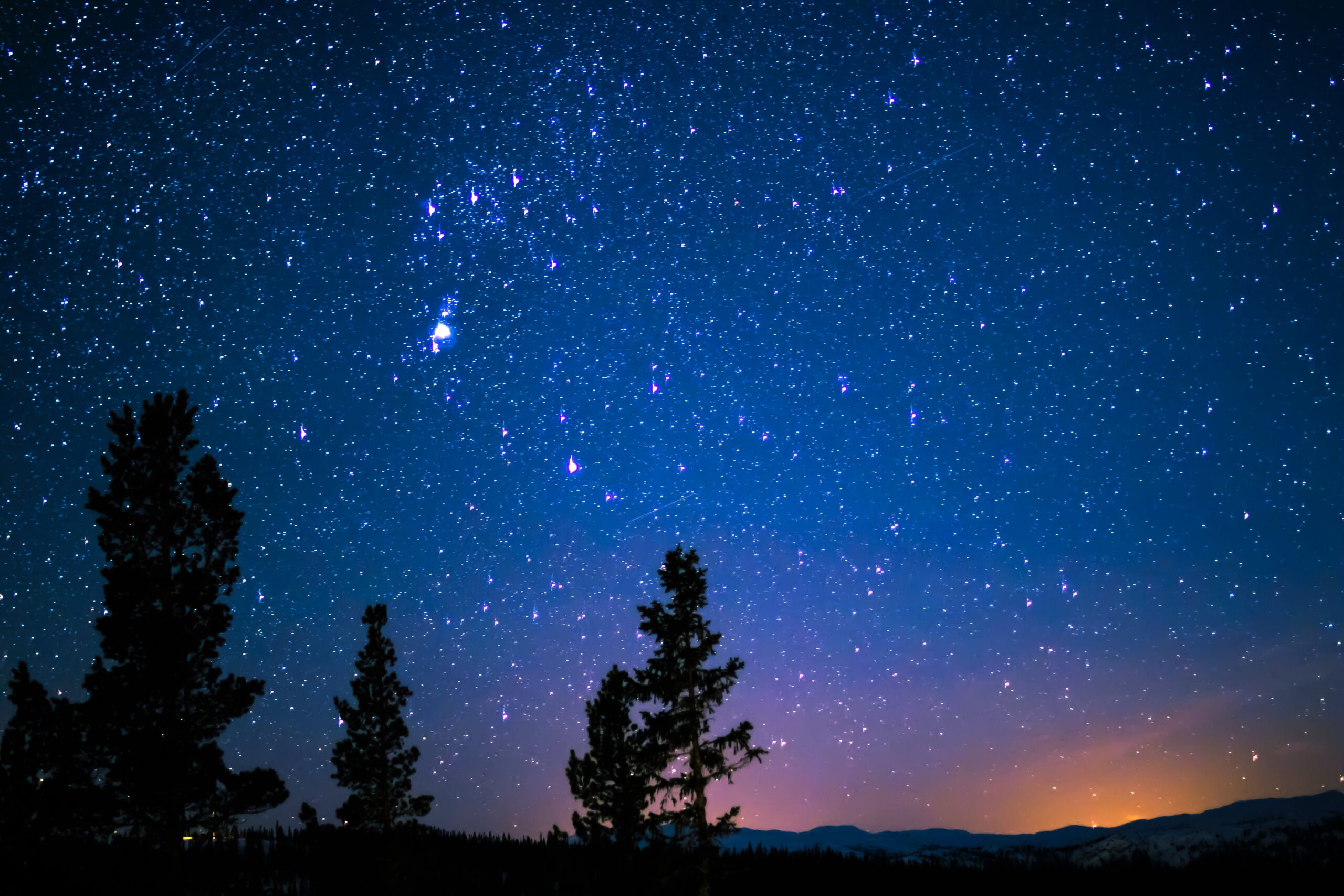Unveiling The Cosmic Nursery: Dusty ‘Cat’s Tail’ and the Secrets of Planet Formation

The galaxy has just served us another cosmic treat — a dusty cat’s tail! No, we’re not talking about an interstellar feline, but an exciting discovery made by NASA’s James Webb Space Telescope, which has its eyes deep into the cosmos.
So, here’s the scoop: We’re looking at Beta Pictoris, a star system that’s a mere 63 light years away. A stroll in the park for our Webb! What’s cool about Beta Pictoris? Well, it’s younger than our sun, only about 23 million years old (infant in star years), and has a massive debris disk around it. Picture a humongous cosmic Frisbee, folks!
In the middle of all this, Webb has spotted what looks like a dusty cat’s tail. It’s a comet-like structure filled with dust particles that’s stretching out from the star. While we’ve seen comets in our own solar system, this is the first time we’ve spotted one in another star system. Talk about being nosey neighbours!
The ‘cat’s tail’ is more than just a disc; it’s a sign of ongoing planet formation. Yes, we might be looking at a baby planet in the making! Its presence suggests that there might be other similar structures in the Beta Pictoris system contributing to planet formation.
So, how did Webb manage to spot this? Infrared light. The telescope has a particular fondness for it. Infrared light gives us information about the temperature and composition of the object. In this case, the dusty cat’s tail is colder than the star, making it stand out in the infrared light.
Now, you might ask, why is this important? Well, understanding these structures can give us insight into how planets, including our own, are formed. It’s like looking at a cosmic nursery, watching how little baby planets are born and grow up.
Planet formation is a messy process with lots of dust and gas. The dust in Beta Pictoris is made of the same stuff that forms planets – silicates. So, understanding this dust can teach us a thing or two about our own planet’s history.
The Webb’s observations also suggest that the star system might have more than one planet. Imagine that! A system teeming with planets, all minding their own business in the vast expanse of space.
This discovery puts a spotlight on the power of the James Webb Space Telescope, which, since its launch in 2021, has been making strides in the field of astronomy. Its ability to capture details from far-off star systems is a testament to human curiosity and our undying quest to understand the universe.
